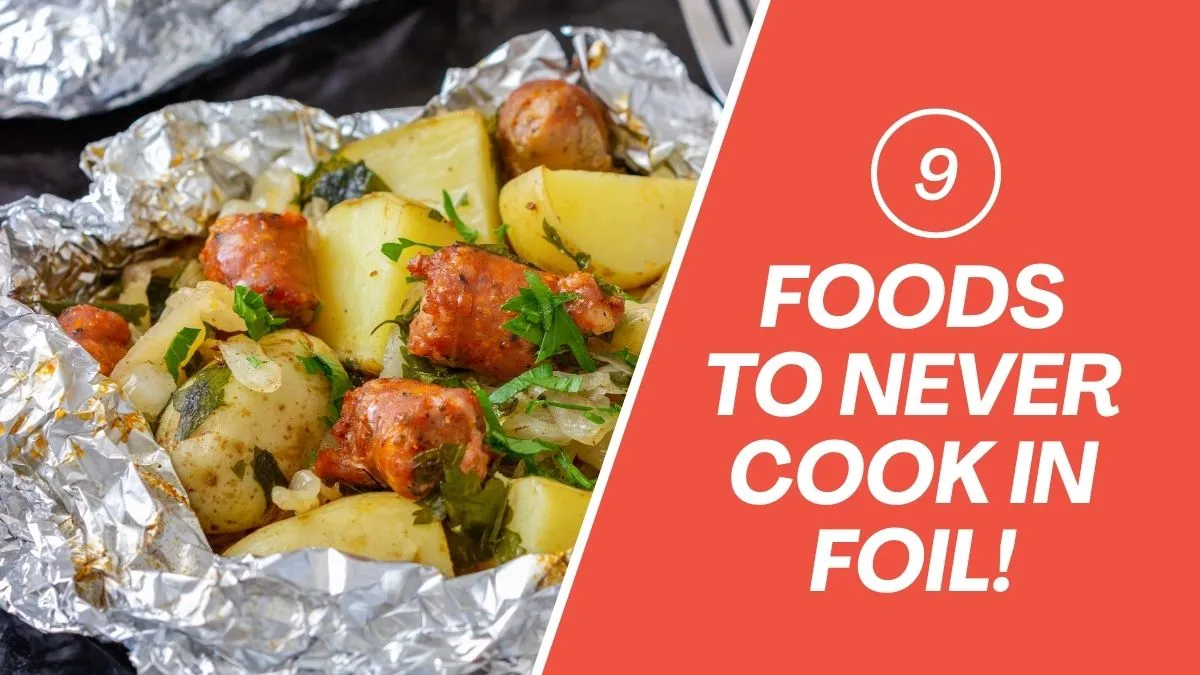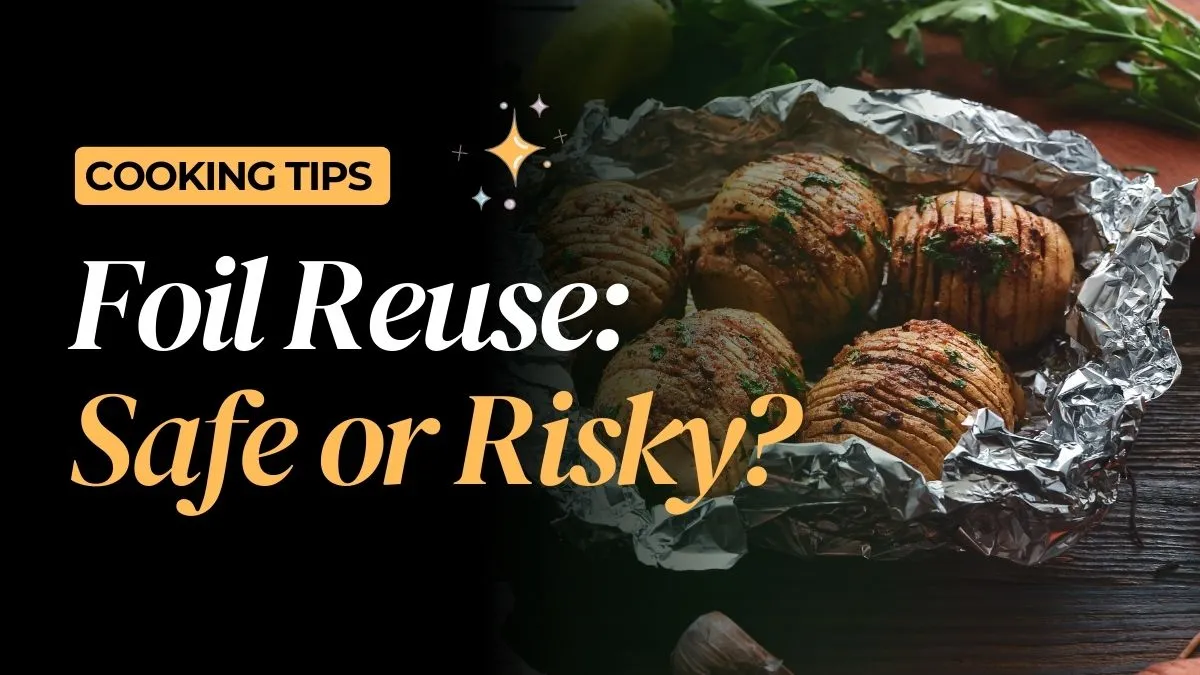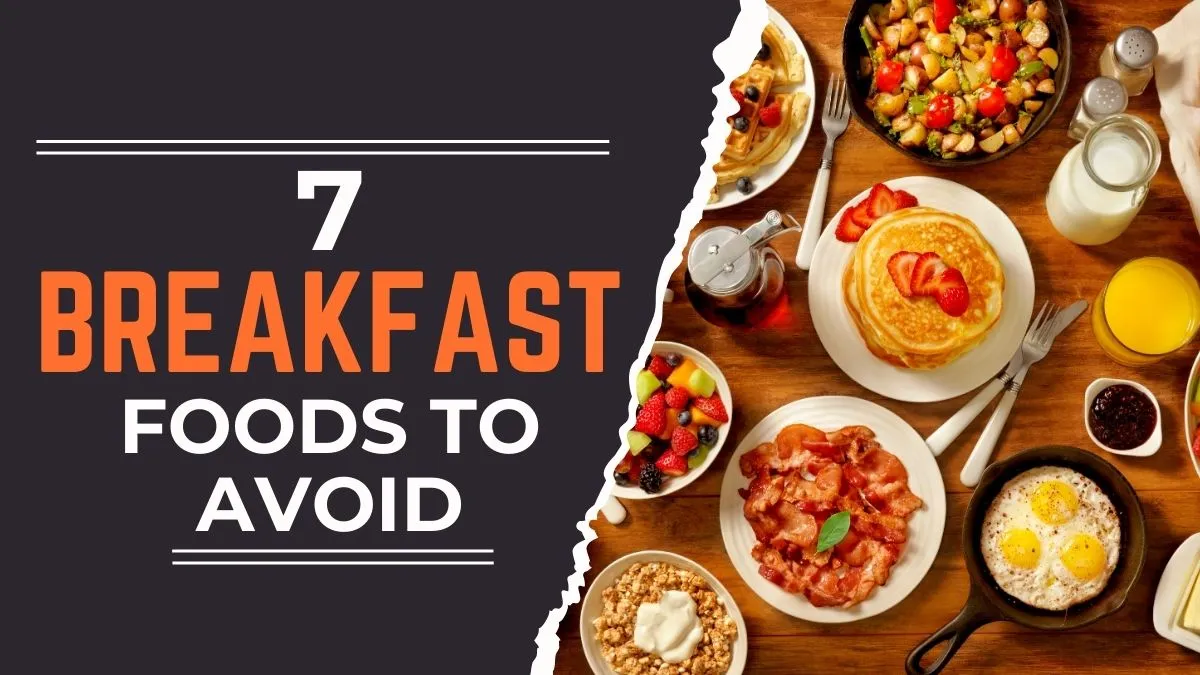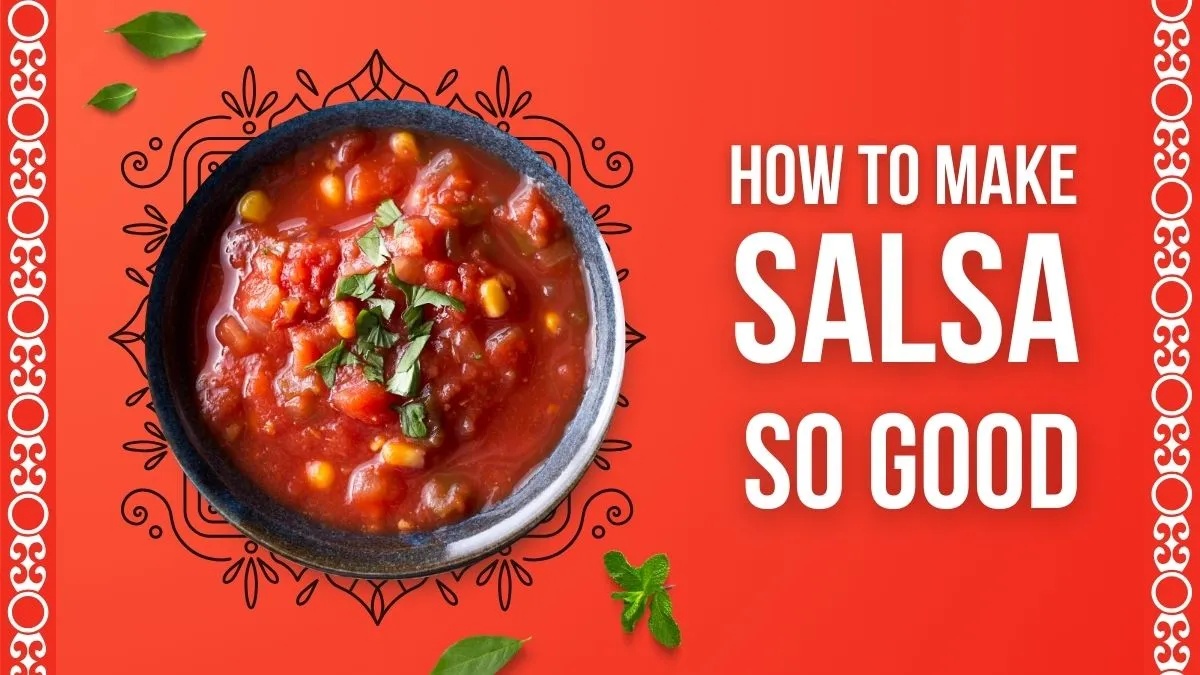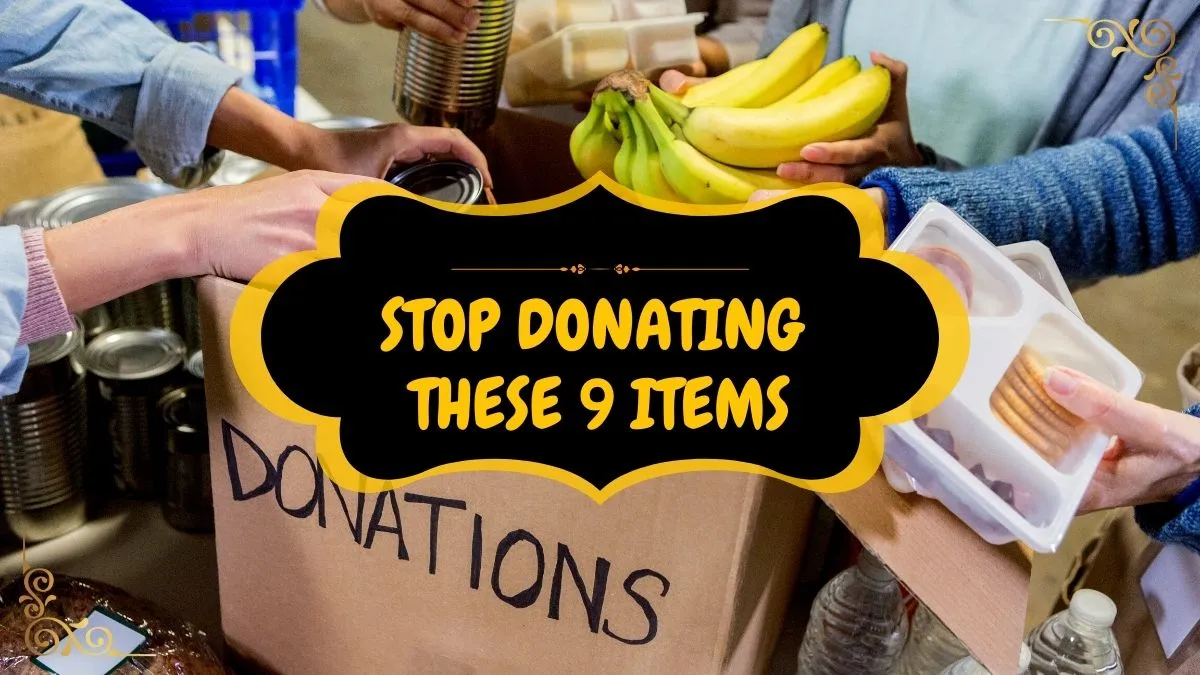
Have you ever cleaned out your pantry and thought, “This expired can of soup? Someone could still use it…”? You’re not alone. Millions of well-meaning people donate to food banks every year, hoping to ease hunger in their communities.
But here’s the quiet truth no one wants to say: some donations do more harm than good. And food banks across the country are quietly begging you to stop giving these 9 things.
1. Expired Canned Goods
Just because it’s technically sealed doesn’t mean it’s safe. Food banks can’t risk distributing expired canned goods — even if they look fine. Once that date passes, quality and safety decline fast. What feels like generosity becomes a liability. They’d rather have one fresh can than ten dusty ones from 2018.
2. Opened or Used Containers
That half-empty jar of peanut butter? The dented soup can you opened and stuck in Tupperware? These aren’t donations — they’re health hazards. Once a seal is broken, contamination is possible. Food banks must follow strict safety rules. Your “leftover love” could mean instant trash.
3. Homemade or Unlabeled Food
Your famous banana bread is delicious — but it can’t go on the shelf. No labels, no ingredients, no expiration date? That’s an automatic reject. Even with the best intentions, homemade items can’t be verified for safety. Food banks serve vulnerable people — they can’t take chances.
4. Squeezable Pouches (Applesauce, Yogurt, etc.)
They’re convenient for kids, sure — but nearly impossible to sanitize and redistribute. Most food banks won’t accept them because they can’t be cleaned properly if leaked, and they’re hard to store. Plus, they often go bad faster than people realize. That “healthy snack” might be doing more logistical damage than good.
5. Dented or Bulging Cans
A little dent might seem harmless, but deep dents — especially near seams — can compromise the seal and invite bacteria like botulism. Swollen cans? That’s a red flag for spoilage. Food bank staff see these too often. They appreciate the thought, but these cans go straight to the trash — and it hurts to waste space and effort.
6. Fresh Produce in Poor Condition
Wilted spinach. Mushy tomatoes. Onions starting to sprout. If you wouldn’t eat it, they can’t give it out. Fresh produce is incredibly valuable — but only when it’s actually fresh. Spoiled fruits and veggies create extra work, attract pests, and risk contaminating good food. Donate quality, or don’t donate at all.
7. Diet or Specialty Drinks (Sugar-Free, Energy, etc.)
While well-intentioned, drinks like sugar-free soda or energy shots aren’t what most families need. Many recipients have children, diabetics, or elderly members who can’t process artificial sweeteners or stimulants. These items often sit untouched — taking up shelf space that could go to basics like milk or juice.
8. Halloween or Seasonal Candy (Years Later)
Yes, someone donated last Halloween’s leftover candy — in July. Seasonal treats with short shelf lives often get forgotten and donated months later. By then, they’re stale, melted, or expired. Food banks don’t have room for nostalgic clutter. Save the candy for school drives — not hunger relief.
9. Instant Meals with Complex Prep
“If you can’t heat it in a microwave or open it with a basic can opener, many families can’t use it.” That’s what one food bank coordinator told me. Fancy instant meals requiring boiling water, multiple steps, or special tools? They’re often tossed. Simplicity saves lives here — not gourmet promises.
So What Should You Donate?
Now that you know what to avoid, here’s the uplifting part: food banks desperately need simple, shelf-stable basics. Think peanut butter, canned beans, whole grain pasta, brown rice, and breakfast cereal. When in doubt, call your local food bank — they’ll tell you exactly what’s needed right now.
Read Also: I Asked 7 Sommeliers the Best Wine to Pair With Steak — What They Said Changed How I Eat Forever
Have You Ever Thought About What Your Donation Really Means?
It’s not about guilt — it’s about care. The next time you clean out your pantry, pause. Ask yourself: Is this something I’d feed my own family? Because that’s exactly who you’re feeding. And that changes everything.
